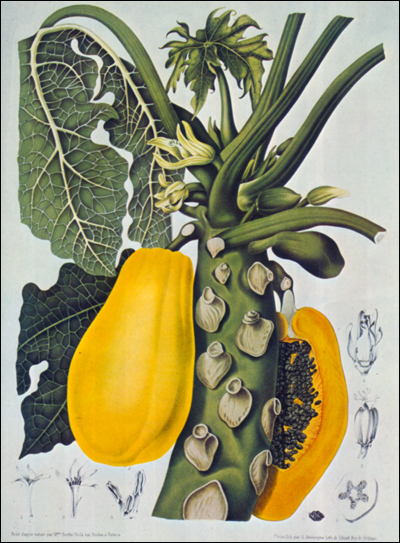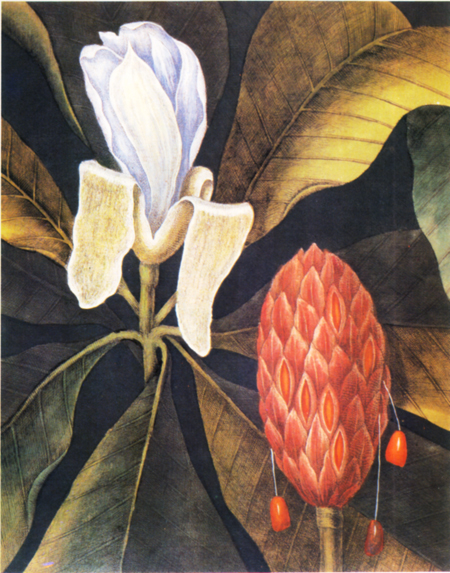18th-19th centuries. Golden Age of Botanical Illustration.
Botanical illustration was at its height from 1750 to 1850. New plants were arriving in Europe from all around the globe as pressed and dried specimens. Scientists wanted to study them, gardeners wanted to grow them, the wealthy wanted to own them, and artists - to draw them.
The relationship between the artist and the scientist was closest ever in the Age of Enlightenment.
Carl Linnaeus (1707-1778), the Swedish botanist and explorer, revolutionized botany and its illustration. The Linnaean system classified all plants on the basis of the sexual parts of the flower.
The relationship between the artist and the scientist was closest ever in the Age of Enlightenment.
Carl Linnaeus (1707-1778), the Swedish botanist and explorer, revolutionized botany and its illustration. The Linnaean system classified all plants on the basis of the sexual parts of the flower.
The Linnaean system also changed botanical illustration. The focus of the illustrations shifted from the whole plant to the flower alone or the flower and fruit. George Ehret illustrated the first publication of Linnaeus's innovative botanical classification.
Henrietta Geertruida Knip (1783-1842). Dutch
Mark Catesby (1683 - 1749), English naturalist, published the first account of the flora and fauna of North America.
George Ehret (1708-1770) became a dominant influence in botanical art in the mid-eighteenth century.

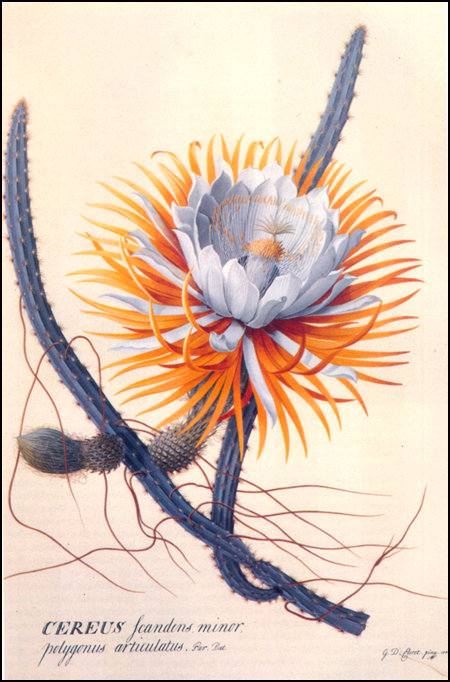
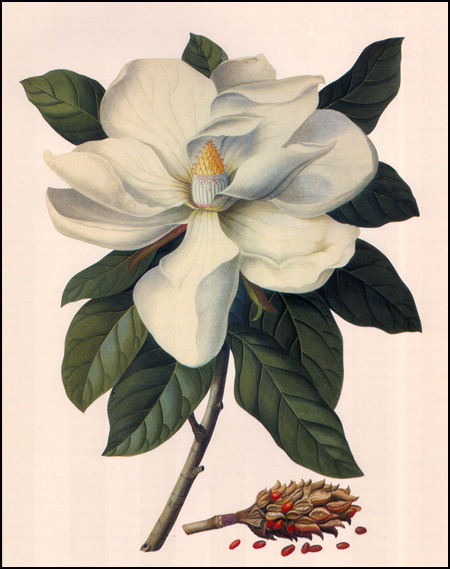
George Dionysis Ehret. Hand-colored engraving. From Christoph Jacob Trew. 1752
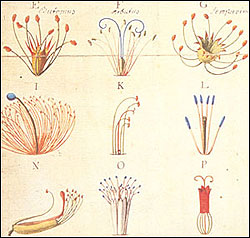
Linnaeus's sexual system of plants as drawn by G.D. Ehret (1736).
Nicolaus von Jacquin (1727–1817) - Austrian botanical artist, author, and plant explorer.

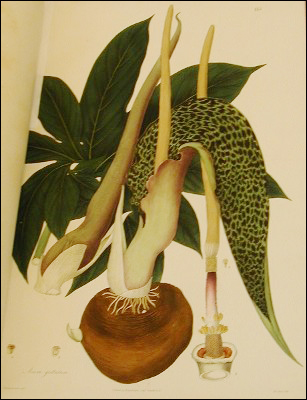

Hoola van Nooten. Dutch
